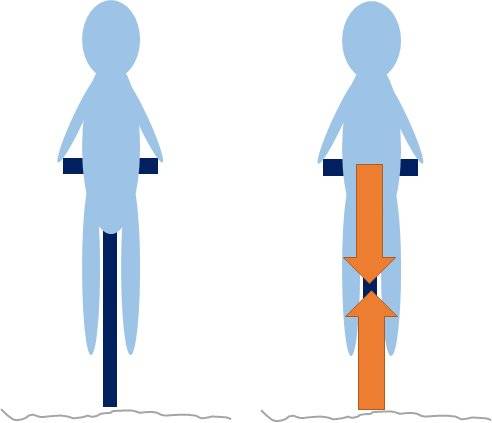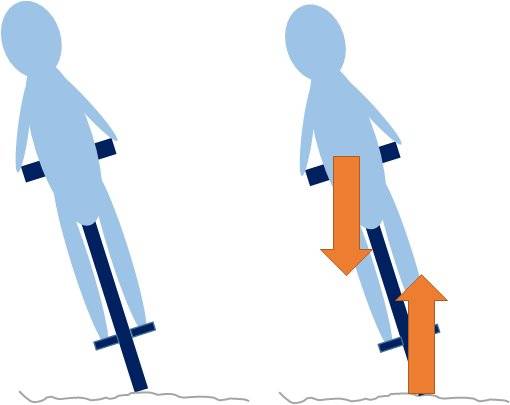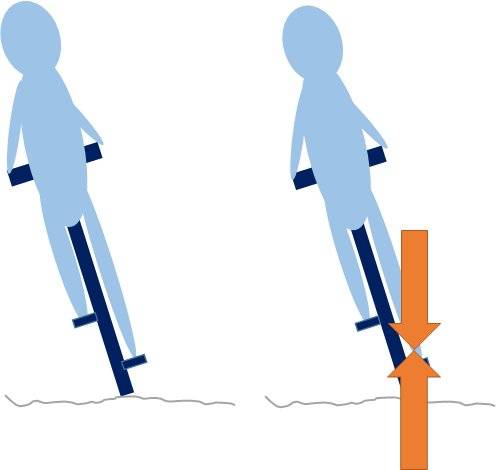I love watching the Tour de France and the other races that are on television at the moment. Not only is there the excitement of the race and following your favorite rider or team, but an excellent opportunity to see what the professionals do and how they handle their cycles. In particular, I am thinking about the long descents involving many twisting turns that the riders make on their way to the bottom.
Practice Cycle-Handling Through Mountain Biking
Making speedy progress going uphill requires a good level of sustained power. But going downhill quickly and safely requires good balance and cycle-handling skills that can be practiced and honed to improve.
I like to mix up my road riding with mountain biking for this very reason. Mountain biking helps develop reaction time and cycle-handling skills away from traffic and the same sections of track can be practiced several times to help acquire the right movement skills. Although this training usually works better with a coach or knowledgeable friend to observe, you can do quite a lot yourself.
Adjust Your Alignment
First of all let’s look at what happens as a cycle and rider go around a corner. We all know that involves leaning over slightly. But there are actually many different types of leaning and our main goal is to turn safely without fear of the wheels slipping either due to the speed or surface condition.

In this first image (above) the dark blue object represents the cycle and the light blue object represents the rider. The cycle is traveling in a straight line over the ground (represented by the undulating line). In this situation, the downward force of the rider’s weight due to gravity is balanced by the support force from the ground. These forces are shown by the orange arrows.
Now let’s look at what happens when we turn a corner. This second diagram (below) illustrates a view from the cyclist’s back as he or she turns left and leans to the left.

If the rider stays aligned with the cycle with the pedals in line with each other, the downward force due to the rider’s weight is to the left of the support force where the tires meet the ground. The forces are no longer aligned. The end result of this imbalance is the possibility for the cycle to slip to the right on a poor surface or at high speeds where the tire is unable to grip the surface. The further over the cyclist leans, the greater this imbalance becomes making slipping at some point highly likely.
Now, lets look at the third image (below).

Here the rider has adjusted his or her position. The right or outside pedal is down and the inner or left pedal is up. He or she is turning left as before and the view is from the rear. (Lifting the inside pedal is always a good idea just in case there is the possibility of hitting the ground with the pedal.)
The rider has also adjusted position so that he or she is pushing down his or her weight onto the outside or right pedal, leaning the cycle over slightly more than his or her body in the process. This subtle change in position now brings the two major forces closer in alignment and as a result will reduce the tendency for the wheels to slip sideways due to poor surfaces or speed.
This video demonstrates this effect with a cycle on wet frosty grass:
Slow It Down and Practice
Of course, changing your position will not help if you have excessive speed to start with. So before every corner check the conditions ahead and adjust your speed before you reach the turn. Braking during the corner may exceed the amount of grip the tires can provide resulting in falling off.
Developing cornering skills requires practice and more practice. I encourage you to practice in safe conditions. Wear additional protective equipment like wrist, knee, and elbow protection if you wish. If you have an old cycle, use that. Improving these skills will help you ride more confidently and more safely.
And next time you watch the Tour, take a moment to observe how the professionals ride.
Photo 1 courtesy of Shutterstock.






